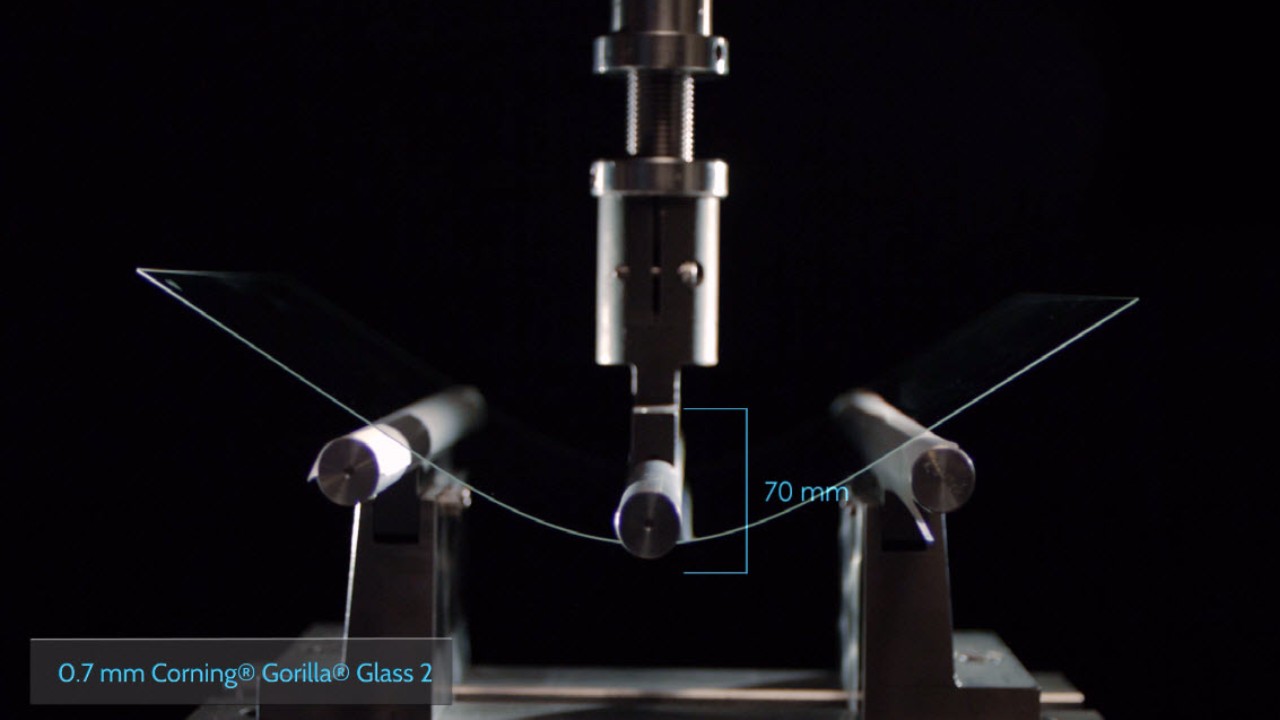Home » Blog » Protective Glass: Gorilla Glass, Dragontrail Glass, Panda Glass, and Xensation Glass
Posted on : 27-05-2022 Author : Sumitra Sen

Gorilla Glass vs Dragontrail Glass vs Panda Glass vs Xensation Glass Difference, Pros & Cons
When it comes to electronic devices such as smartphones and laptops, the screen is the one main component that is likely to get damaged easily. Dropped your smartphone from a height? Accidentally damaged your laptop? But still, the glass protective screen is intact? Surprised? Well, don’t be. It is because the protective glass used in most electronic devices is of a different type.

Gorilla glass is a super product developed by the American glass company Corning, in mid-2005. Gorilla glass or alkali-aluminosilicate sheet glass is first manufactured. In simple words, aluminosilicate means that the glass contains aluminum, silicon, and oxygen. The glass is then chemically strengthened in a process called ion exchange. Under extremely high temperatures, it is submerged in a salt bath of molten potassium. The small-sized sodium ions that are present in the glass are exchanged with larger-sized potassium ions during this process. The resulting chemically strengthened glass is called Gorilla glass.
Corning developed this product primarily for the rising electronic lifestyle, especially smartphones and various other consumer electronic devices. It is strongly damage-, scratch-, and crack-resistant. It has the ability to contain any flaws in the glass. It is especially compatible with touchscreen technologies as it supports very thin screens.
Today, we have many versions of Gorilla glass. The latest was introduced in July 2020 and is used in Samsung Galaxy Note 20 Ultra. Gorilla glass is also used in tablets notebooks, Portable Media Players, computers, and some television displays as well. This glass also offers excellent visual quality and is also light in weight. However, even with all the claims of being durable, Gorilla glass is still breakable. Manufacturing these glasses takes a lot of time and money too.
Similar to Corning’s Gorilla glass, this glass was launched by Japan’s AGC Inc. in 2011. The Dragontrail glass is made from aluminosilicate with high ion exchange. However, this is made without using lead, arsenic, and antimony, thus making it environmentally safe. This is achieved by applying a proprietary chemical that strengthens the tempering process.
It is a scratch-resistant, flexible, and strong glass used to protect primarily smartphones and tablets. The Dragontrail glass has a great texture and is superior to most glasses and plastics. This makes its use more prominent in sensor and scanner devices too, such as sensor windows and scanner beds. With unique thinness and beautiful surface finish, it is just the right choice for mobile touch screen device displays. Though not as popular as Gorilla glass, Dragontrail glass is slowly but surely getting a foothold in the glass market.
The Panda glass or the Panda King glass is again an aluminosilicate glass, similar to Gorilla glass. It is manufactured by the Chinese company Tungshu Group, in Beijing. Panda glass is used as protective cover glass in electronic devices. The same technology used in the manufacture of Gorilla glass is used here too. Motorola and Nokia are some prominent companies that use Panda glass for their electronics.
The main difference is that Panda glass is a cheaper alternative that still provides scratch resistance. However, it does not offer much flexibility which means there is a higher chance of your smartphone screen breaking.
Xensation glass is a chemically strengthened lithium alumino-borosilicate (LABS) glass used as a cover for electronic devices. It is manufactured by the German company, SCHOTT. It uses the latest innovations in glass technology to make this glass lightweight, durable, ultra-flexible, transparent, and of the highest quality. This glass is of immense use, especially for foldable smartphones. According to industry reports, this glass has a 20% higher bending strength when compared to other similar products, thus making the product extra-durable.
Whatever might be the glass being used, only industry-specific scientific tests can prove which glass is the best.